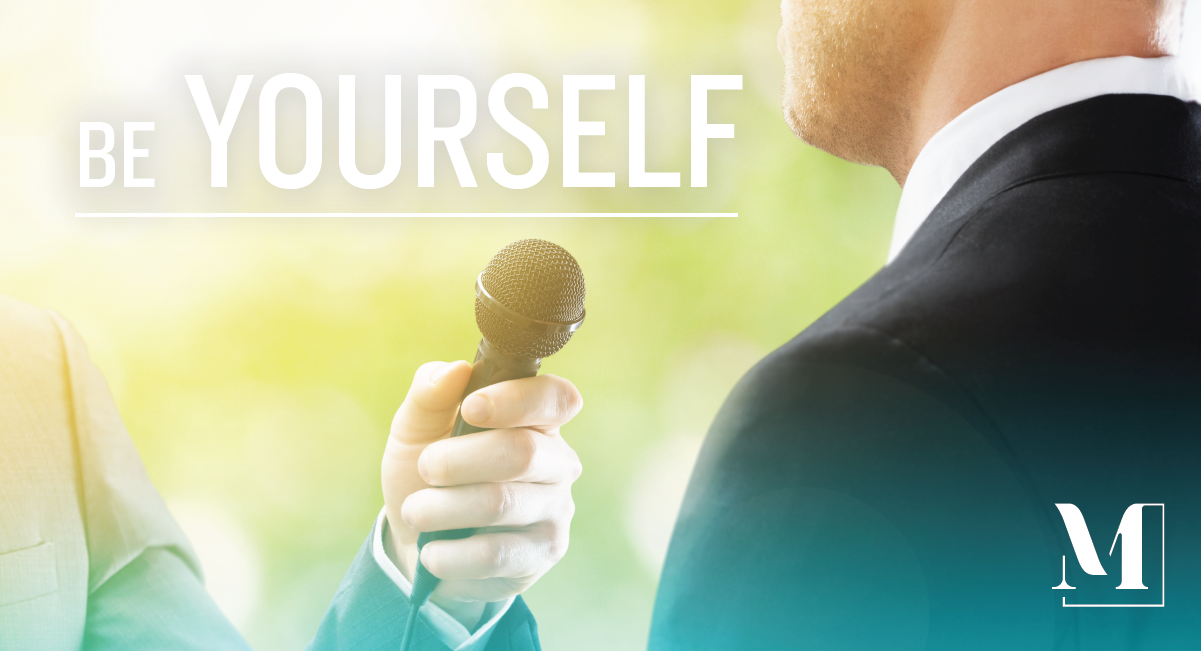I’ll let you in on a little secret: media training is teaching someone to be themselves. To get comfortable in their own skin. To gain confidence in themselves. To take control in an interview.
We’ve all seen those interviews. When someone uses their hands in an odd way, or when someone talks too loudly because they want to sound authoritative. Or, even more frustrating — watching someone not respond to questions and instead, go straight to a canned message point. It’s awkward to watch, and you, the viewer or listener, gets frustrated with the person.
In part, that’s because the person being interviewed is trying to be someone they’re not. It’s important to be yourself in an interview so that you exude confidence, appear trustworthy and audience members focus on what you’re saying rather than what you’re doing.
So, how can you showcase your authentic self in an interview? Here are a few tips:
- Get comfortable in front of the camera. If you’re preparing for an on-camera interview, practice in front of a camera so you feel more secure in the spotlight.
- Try not to focus on “filler” words. We all know that everyone uses the occasional “umm” or “uh” to fill the silence between thoughts. When you focus on trying not to say these words, you can get more nervous. Instead, keep going — once you do, you’ll notice that you’ll use fewer fillers overall.
- If you talk with your hands, talk with your hands! You want to concentrate on what you’re saying rather than whether you’re talking with your hands or not.
When you’re able to be yourself, you appear more relaxed and comfortable on camera – a feat that separates mediocre interviewers from great interviewers. This is where media training comes in.
The biggest objective in media training is to “even out the playing field” for trainees, and that means helping people get comfortable with themselves in an interview situation. One way to help trainees think about their role is to have them consider these simple questions:
- What do I hope to get out of this interview?
- What do I want to make sure I get across?
- If I could write the headline of the story, what would I want it to say?
These questions help the spokesperson realize that they shouldn’t wait for the reporter’s questions to drive an interview. The spokesperson can use his or her answers to help shift direction. Let me be clear – this does not mean that we advocate for not answering or responding to a reporter’s question. Instead, trainees should think about what they want to say, how they can use questions to get there and where they want the interview to go.
A lot is covered in media training, with topics ranging from messaging to nonverbals to mock interview practice. But the most important thing people can learn from media training is to not change themselves for an interview. Instead, we invite them to embrace who they are and the power they hold. Once trainees recognize this power, their confidence grows — then, before long, they’ve mastered the secret to media training success.
